Embracing technological advancements in telephony systems has become pivotal, with predictive and auto dialers emerging as key solutions. Moreover, the global dialer market size is expected to grow by 37.01% from 2021 to 2028. This reflects the exponential growth of auto and predictive dialer in the current time.
This blog aims to explore and elucidate the functionalities, differences, and applications of these innovative tools.
What Is a Predictive Dialer?
A predictive dialer is a telephony system that utilizes algorithms and statistical models to predict the availability of agents and the optimal time to place outbound calls. It automates the dialing process by placing multiple calls simultaneously, aiming to connect an agent to a live call as soon as they become available, thereby maximizing agent productivity and minimizing idle time between calls in call center environments.
What Is an Auto Dialer?
An auto dialer is a telephony technology designed to automatically dial a list of phone numbers without manual intervention. It encompasses various dialing modes, including predictive, progressive, and preview dialing. Auto dialers streamline outbound calling processes, managing call lists, and enhancing agent efficiency by reducing the time spent on manual dialing tasks, improving campaign management in sales, marketing, and customer service operations.
Predictive Dialer vs. Auto Dialer Key Differences
Below are the main differences between predictive dialer and auto dialer.
Predictive Dialer
- Functionality: Predictive dialers use complex algorithms and statistical models to predict agent availability and call answer times.
- Call Initiation: They automatically initiate multiple outbound calls simultaneously based on predictions.
- Objective: The primary aim is to maximize agent talk time and minimize idle time between calls.
- Performance Analysis: Provides in-depth call analytics for evaluating agent performance and campaign efficiency.
- Compliance: Equipped with features ensuring compliance with regulations such as Do Not Call (DNC) lists.
Auto Dialer
- Dialing Modes: Auto dialers encompass various dialing modes, including predictive, progressive, and preview dialing.
- Automation: They automate the dialing process without manual intervention.
- Types: Include preview dialers (information presented to agents before dialing), progressive dialers (connect calls when an agent is available), and automated predictive dialers (predictive algorithms for call timings).
- Objective: Focuses on streamlining outbound calling processes and managing call lists.
- Versatility: Offers diverse functionalities catering to different operational needs in telephony systems.
You May Also Read : Predictive Dialer vs. Progressive Dialer: Which One Is Right for You?
Pros of Predictive Dialer vs. Auto Dialer
Below are the main benefits of using a predictive auto dialer call and auto dialer.
Pros of Predictive Dialer
1. Increased Agent Productivity
Predictive dialers maximize agent talk time by minimizing idle periods between calls. This efficiency leads to higher productivity as agents spend more time engaging with customers rather than manually dialing numbers.
2. Optimized Call Routing
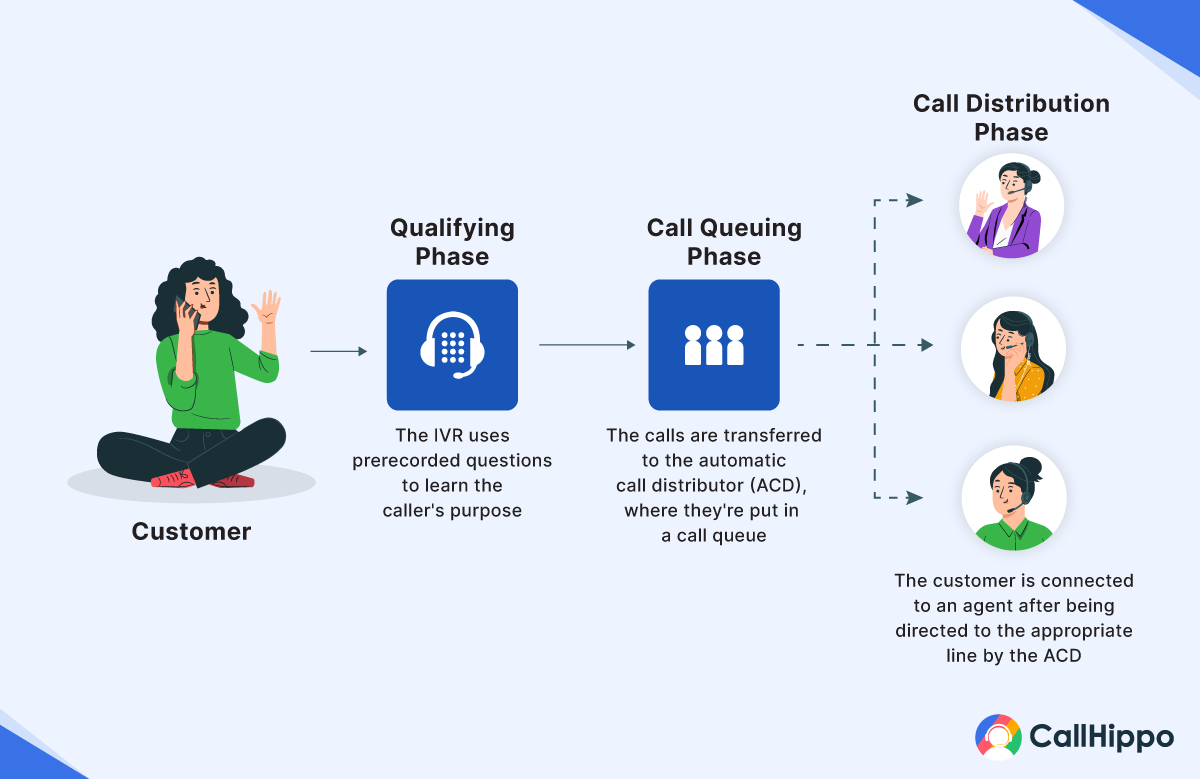
These dialers use algorithms to predict the availability of agents and call answer times, ensuring that calls are connected to available agents promptly. This reduces wait times for customers and enhances overall call center efficiency.
3. Improved Campaign Performance
With in-depth call analytics and performance metrics, automated predictive dialers provide valuable insights into call success rates, agent performance, and campaign effectiveness. This data allows for adjustments and improvements in strategies for better outcomes.
4. Compliance Features
Good predictive dialers come equipped with compliance functionalities to adhere to legal regulations such as Do Not Call (DNC) lists and call time restrictions. This ensures that outbound calling campaigns stay within legal boundaries.
5. Scalability
These systems are often scalable, allowing businesses to adjust call volumes based on campaign needs. They can handle large call volumes efficiently, making them suitable for growing businesses.
Pros of Auto Dialer
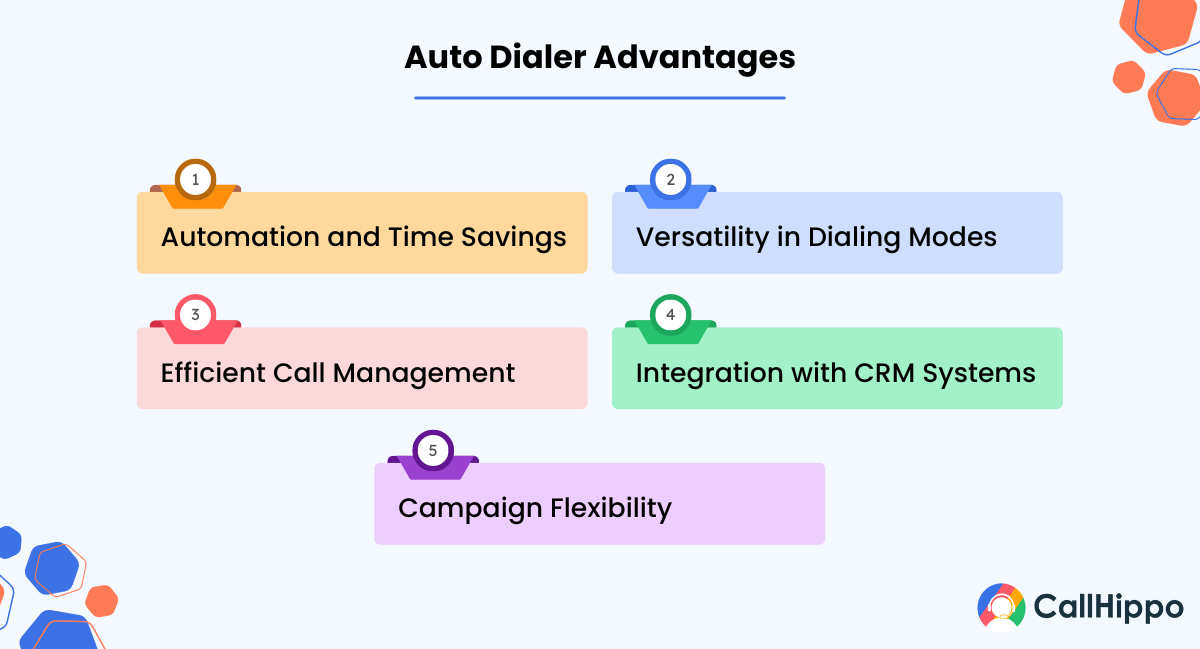
1. Automation and Time Savings
Auto dialers automate the dialing process, saving agents’ time and effort spent on manual dialing. This automation leads to increased efficiency and allows agents to focus more on customer interactions.
2. Versatility in Dialing Modes
Auto dialers encompass various dialing modes like predictive, progressive, and preview dialing. This versatility enables businesses to choose the mode that best suits their campaign requirements and operational needs.
3. Efficient Call Management
These systems manage call lists efficiently, ensuring that calls are made in a structured manner. They streamline outbound calling processes, making it easier for agents to handle a large volume of calls.
4. Integration with CRM Systems
Many auto dialers integrate seamlessly with Customer Relationship Management (CRM) systems. This integration allows agents to access customer information, notes, and call histories, enhancing the quality of customer interactions.
5. Campaign Flexibility
Auto dialers offer flexibility in managing different types of campaigns, whether it’s sales, marketing, customer service, or surveys. They adapt to diverse campaign requirements and support varied business objectives.
You May Also Read : 11 Best Free Auto Dialer Software
Cons of Auto Dialer vs. Predictive Dialer
Below are the cons of implementing predictive dialer and auto dialer. Analyzing the key pros and cons can help make the right decision.
Cons of Predictive Dialer
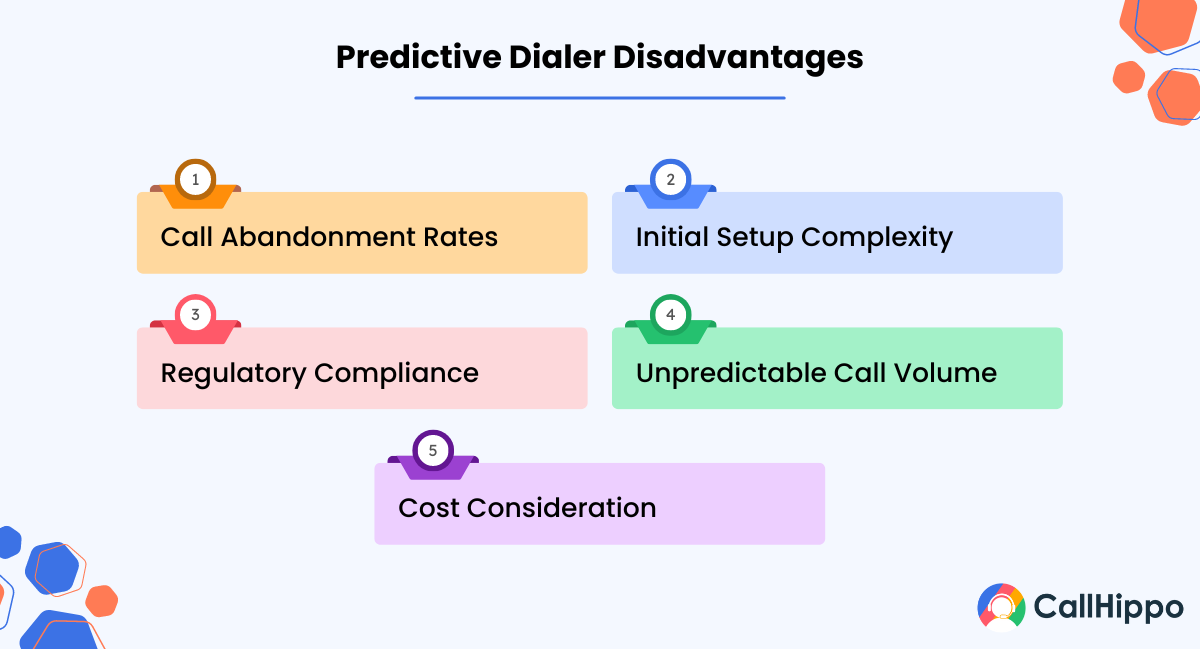
1. Call Abandonment Rates
Predictive dialers may result in higher call abandonment rates due to the simultaneous dialing of multiple numbers. This can occur when there are more answered calls than available agents, leading to dropped calls or delays in connecting customers to agents.
2. Regulatory Compliance Challenges
Despite compliance features, predictive dialers can sometimes struggle to accurately manage compliance with regulations. Issues may arise with respecting Do Not Call (DNC) lists or adhering to specific call time restrictions, potentially leading to legal complications.
3. Initial Setup Complexity
Implementing predictive dialer systems can be complex and time-consuming. It requires configuring algorithms, integrating with existing systems, and ensuring proper training for users, which may pose challenges during the initial setup phase.
4. Unpredictable Call Volume
The prediction algorithms might not always accurately forecast call volumes, leading to instances where there are either too few or too many calls being initiated, affecting agent productivity or customer experience.
5. Cost Consideration
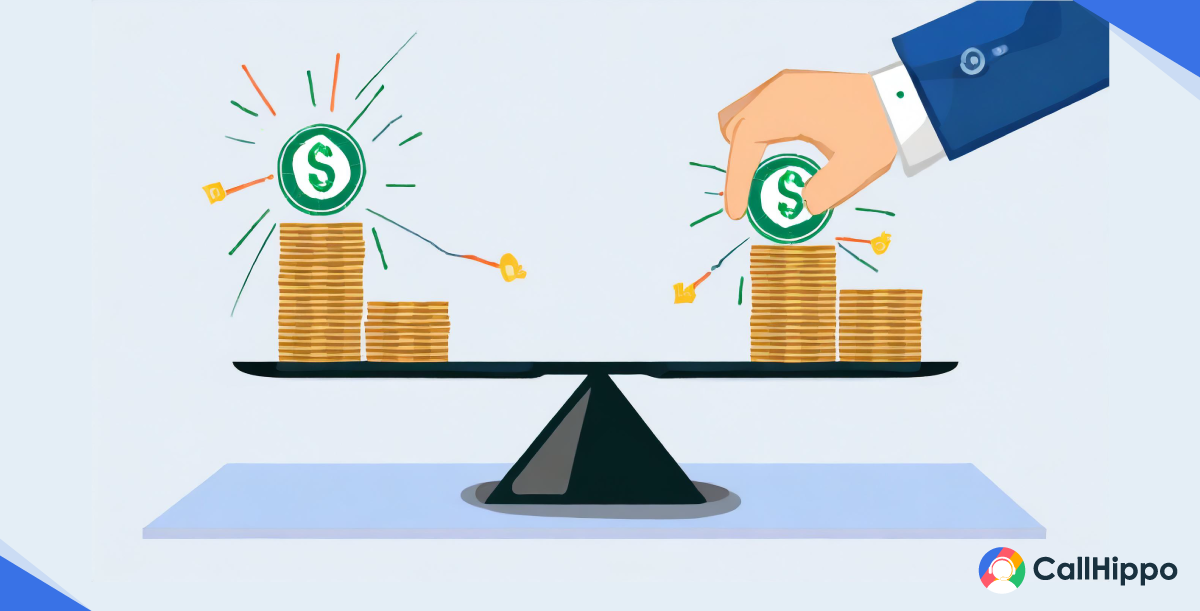
The cost of acquiring and maintaining predictive dialer systems, especially those with advanced features, can be significant. This expense might not be feasible for smaller businesses or startups with limited budgets.
Cons of Auto Dialer
1. Agent Disengagement
In some cases, the automated nature of auto dialers might lead to agents feeling disconnected from the calling process. Agents might become too reliant on automation, affecting their proactive engagement with customers.
2. Limited Human Touch
Auto dialers, especially in predictive mode, may not allow agents enough time to prepare before connecting with customers. This lack of preparation can impact the quality of interactions, as agents might feel rushed or unprepared.
3. Potential for Inaccurate Dialing
Auto dialers might sometimes experience issues with accuracy in dialing, leading to wrong numbers, dropped calls, or misdials. This can result in wasted time and resources for agents and negatively impact campaign effectiveness.
4. Compatibility Issues
Integrating auto dialer systems with existing CRM or software solutions might face compatibility challenges, leading to disruptions in workflow and data management.
5. Dependency on Technology
If an auto dialer system encounters technical glitches or downtime, it can halt or disrupt calling operations entirely, impacting productivity and campaign progress.
Understanding these drawbacks is crucial for businesses considering the implementation of predictive or auto dialer systems. While these technologies offer numerous advantages in terms of efficiency and call management, addressing these potential drawbacks through careful planning and system optimization is essential to ensure successful integration and operation within a business environment.
You May Also Read : 7 Best Real Estate Dialers
How to Choose the Right VoIP Phone System?
Choosing the right VoIP (Voice over Internet Protocol) phone system is crucial for businesses looking to enhance communication, streamline operations, and improve overall efficiency. Here’s a comprehensive guide on how to choose the right VoIP phone system:
1. Assess Business Needs
Consider the present and future growth needs of your business. Ensure the selected VoIP system can scale as your business expands. Moreover, identify essential features like call forwarding, voicemail, conferencing, mobile app integration, CRM integration, and analytics needed to support your operations.
2. Network and Internet Requirements
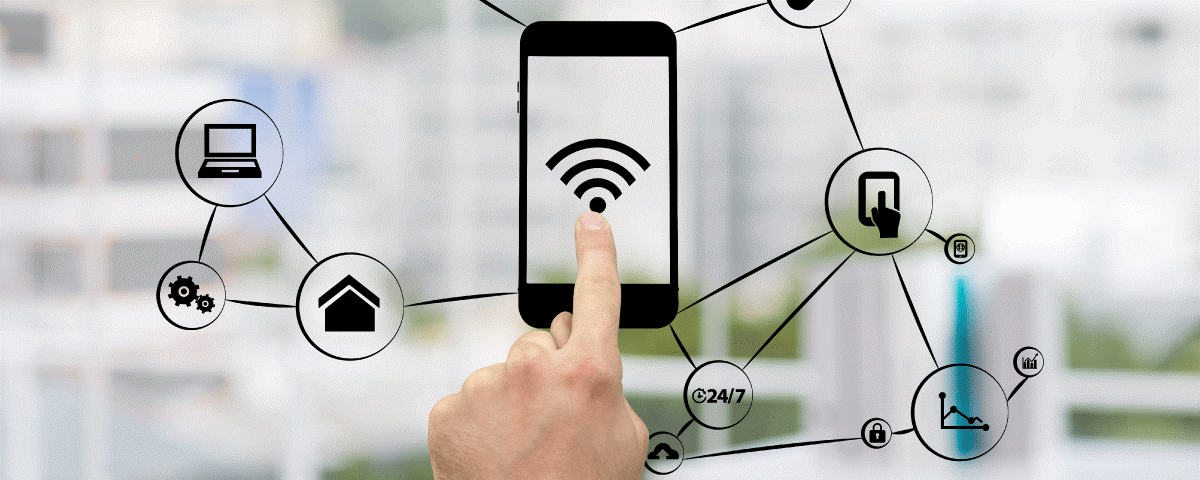
Assess your internet connection’s bandwidth capacity to support VoIP calls without latency or call quality issues. VoIP systems rely on a stable and high-speed internet connection. Ensure the VoIP system provides robust security measures to safeguard communications, including encryption protocols and protection against cyber threats.
3. Compatibility and Integration
Check if the VoIP system is compatible with existing hardware like IP phones, routers, and other network equipment in your office. Look for VoIP systems that seamlessly integrate with existing software applications such as CRM systems, email clients, or other business tools to streamline workflows.
4. Reliability and Support
Research and choose a reputable VoIP service provider with a track record of reliability and quality service. Read reviews, seek referrals, and evaluate customer testimonials. Ensure the provider offers reliable customer support and assistance in case of system issues or downtime.
5. Cost Considerations
Understand the pricing model (per-user, monthly subscription, usage-based) and compare costs across different providers. Factor in setup fees, monthly charges, and additional feature costs. Consider not only upfront costs but also ongoing maintenance, upgrades, and potential expansion expenses.
6. Mobility and Remote Work
Look for VoIP systems that offer mobile apps or softphone options for employees to make and receive calls remotely, supporting a mobile workforce. Evaluate the system’s capabilities for virtual meetings, video conferencing, and collaboration tools to support remote teams.
7. Compliance and Regulations
Ensure the VoIP system complies with industry standards and regulations, especially if your business operates in sectors with strict compliance requirements (e.g., healthcare, finance).
8. Trial Period and Demo
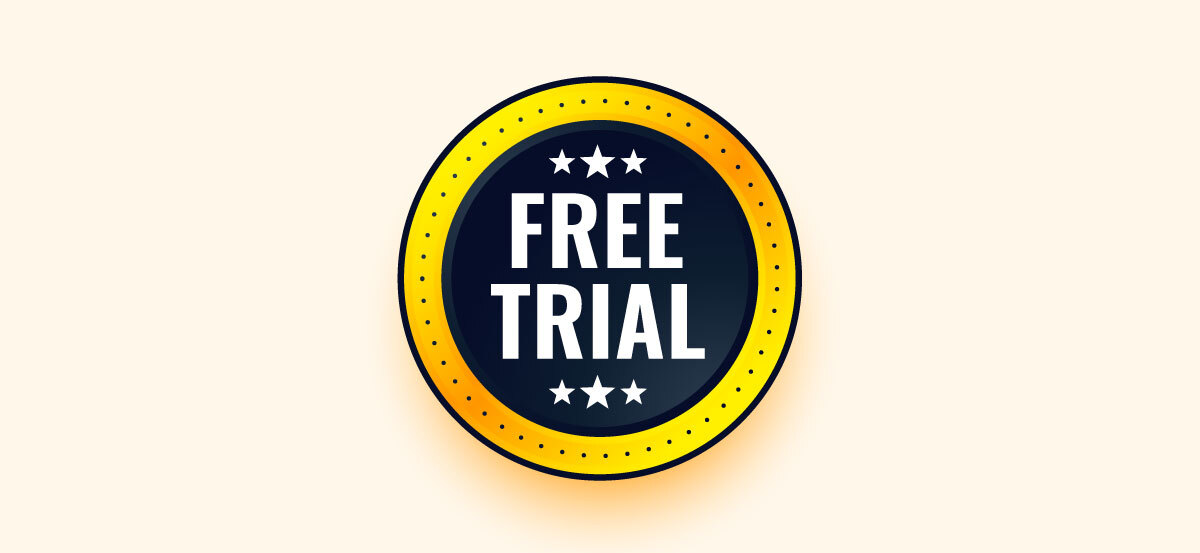
Testing the System: Opt for providers offering trial periods or demonstrations to test the VoIP system’s functionalities and gauge user experience before committing.
You May Also Read : How to Make 100 Calls a Day?
Conclusion
By considering these factors, businesses can make informed decisions when choosing a VoIP phone system that aligns with their specific requirements, supports their growth trajectory, and enhances communication capabilities while staying within budgetary constraints. Conducting thorough research and seeking expert advice can aid in selecting the most suitable VoIP solution for your organization.
FAQs
1. What is the difference between power and predictive dialer?
Power dialers dial a fixed number of calls per agent, whereas predictive dialers use algorithms to predict agent availability, aiming to maximize talk time by placing calls when agents are likely to be available.
2. Is it illegal to use an auto dialer?
It is not inherently illegal to use an autodialer. However, regulations exist regarding their usage, such as respecting Do Not Call (DNC) lists and complying with specific call time restrictions.
3. How much does it cost to get an autodialer?
The cost of an auto dialer can vary significantly based on features, provider, and scalability. Basic systems might start at a few hundred dollars, while more advanced solutions with additional features can cost several thousand dollars or more.
4. How many calls can an auto dialer make?
The number of calls an auto dialer can make depends on various factors like the system’s capacity, configuration, and regulations. Some auto dialers can make hundreds or even thousands of calls per hour, but this can vary based on the setup and compliance requirements.

Subscribe to our newsletter & never miss our latest news and promotions.









